Economic factors made 2023 a record year for motorists, but not in ways that helped most families’ household budgets.
The average price of a new car peaked at nearly $50,000 while the average age of cars on the road surpassed 12 years, a record, according to S&P.
Rising costs for new cars and an aging fleet of vehicles on the road go hand-in-hand and, for most drivers, this means staying on top of vehicle maintenance is crucial. Yet even maintenance has become more difficult as the cost of parts and labor increase, leaving drivers with a sometimes daunting list of automotive DIY projects or parts to source when their mechanic is out of stock.
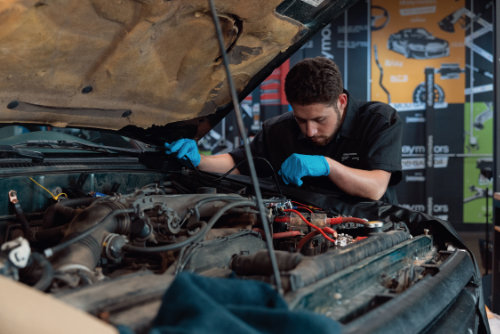
Common Fears About Automotive DIY
For people new to car maintenance and repair, getting started can feel overwhelming. Because many families count on their cars to get where they need to go, it seems like a lot could go wrong with an average of 30,000 parts under the hood of a gasoline-powered vehicle.
Consider these common situations that could make someone hesitant to take on a DIY project:
- Finding the best place to get parts to fit your needs
- Being unsure if a part is high enough quality to last and keep your car on the road
- Not knowing if the part you ordered will fit your car
For most, these fears boil down to being unsure if a part is right for the job, or if they’re skilled enough to install it.
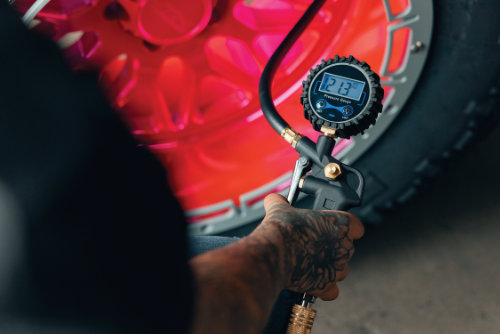
Tips to Get the Repair Done Right
Now, more automotive parts and accessories retailers offer tools to help guide DIYers toward the right inventory for their needs. From brick-and-mortar shops to online marketplaces like eBay Motors, they can enjoy access to more resources to help find the exact part and good value:
- Consider shopping online: While physical retailers may have parts that work in a pinch, they may not be the best part for a project or offer the best value. Searching online retailers can provide access to millions of parts and accessories – including hard-to-find and discontinued items – from trusted car manufacturers and reliable aftermarket part brands.
- Look for fitment guarantees: There are few things more frustrating than being halfway through a repair only to learn a part doesn’t fit. To help ensure you’re buying with confidence, the eBay Guaranteed Fit program allows users to add a vehicle to “My Garage” then quickly and easily search for parts. If there’s a green “Fits” check, you can rest assured it’s guaranteed to fit or your money back.
- Take advantage of services and educational tools: Some online parts destinations offer features on-site or via app that connect you with licensed mechanics live if you’re unsure of how to approach a repair or maintenance, from something simple like a filter change to help with more advanced jobs, like replacing spark plugs. When it comes to sourcing and installing parts like tires, look for marketplaces that offer a wide selection of top brands and services that ship your order straight to your local shop for convenient installation.
With the right resources, car projects can feel more manageable. To get started, visit eBayMotors.com to find how-to resources, parts and accessories to tackle some DIY projects, including filters, wiper blades, spark plugs, batteries, light bulbs and more.


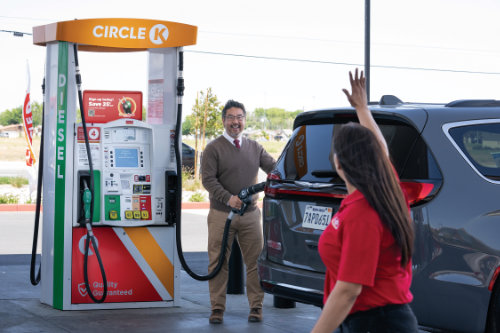
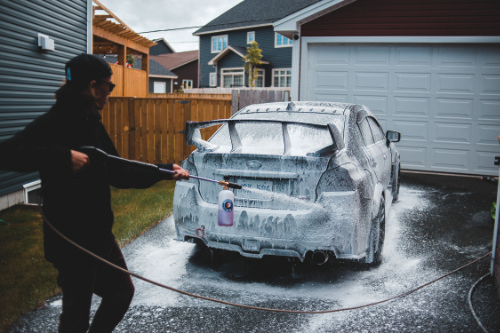
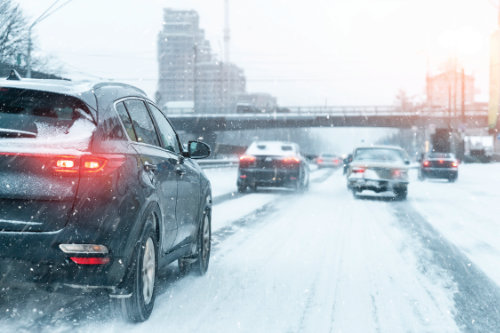



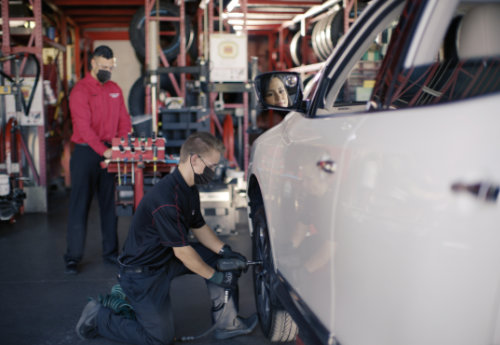
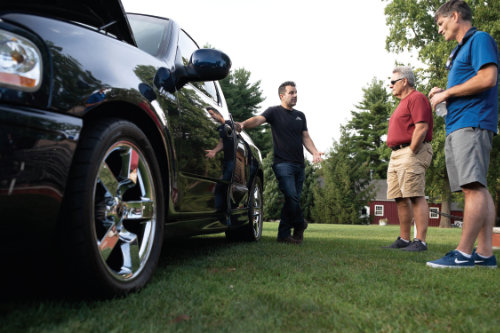
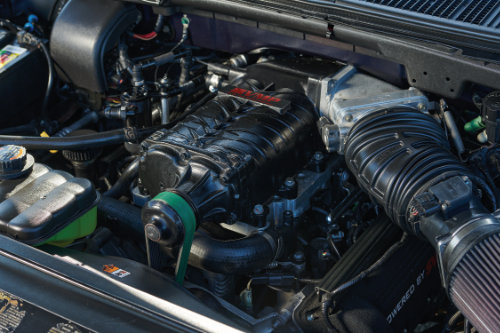

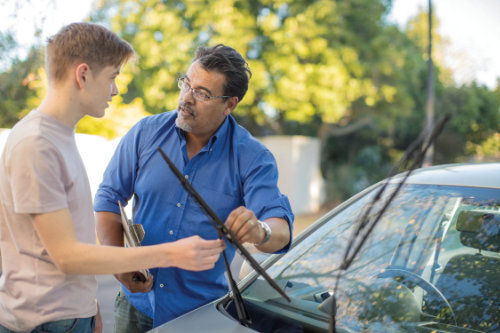
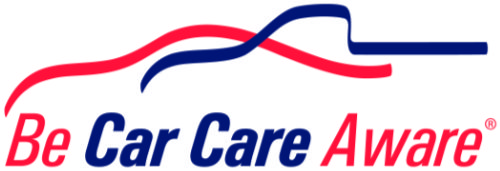

 Windshield Wipers
Windshield Wipers